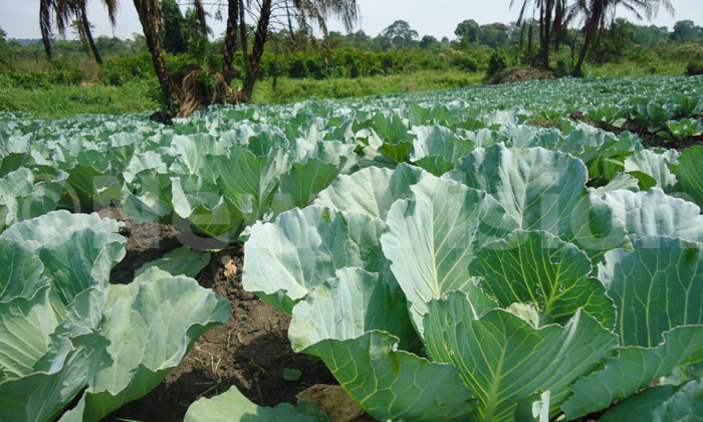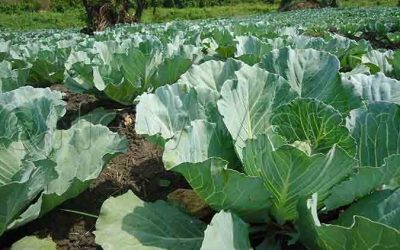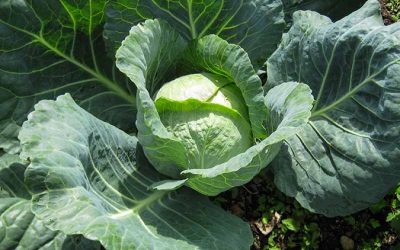The importance of planning

When starting to grow vegetables for a large estate, some farmers would plant a certain quantity of each vegetable on a weekly basis and naively expected to harvest a uniform amount.
This did not work. There would be periods of virtually nothing to sell, and other times there was so much we could hardly cope. This was due to climatic conditions changing the period between planting and harvest.
Starting recording the planting dates and harvest dates throughout the season made a difference.
As an example, at the beginning of the season, when temperatures were warm, the cabbages could be cut at between 80 and 85 days from transplant. Those planted later spent most of their growing period in winter and would take about 130 days.
Knowing the yields at different planting times, it became easy to calculate what yield would be obtained, and when, from every planting. You can then calculate how much to plant, and at what time, in order to obtain a steady production over the whole period.
Generally, there is a glut of produce on the market in early summer, especially after a cold winter when many plantings all mature over a much shorter period. Every time this happens, the prices drop, often below cost, and producers have to scramble to cope with excess produce, placing stress on labour and transport.
With proper planning and record-keeping, you can also calculate labour and tractor usage.
It’s a good idea to make a chart and attach it to the office wall with the planting dates of all crops, as well as their harvesting dates.
With the 52 weeks across, you can easily calculate the amount of labour required for each crop at each week. With the list of crops listed one below the other, you can add up the labour usage for each week, which is placed at the bottom.


